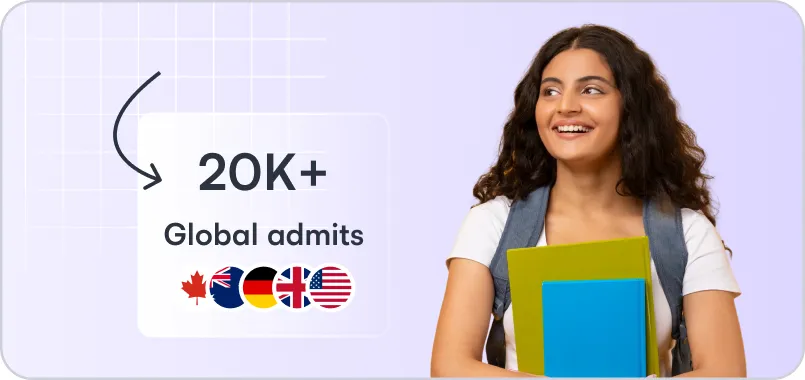The next important step to take is start arranging the finances. The VISA approval demands the availability of twice the amount of funds as stated by the I-20. The first half has to be in the form of savings whereas the second half of it can include Fixed Deposits, PFs, PPFs, Mutual Funds and even Gold. Property is NOT to be considered as a part of this amount. Immovable assets i.e. property is to be shown by the student as reason for them to return to India once they graduate. Anyway the property and gold evaluation is an essential step and the documents should be ready prior to the VISA interview at the US Consulate. In case the parents/sponsors plan on applying for an education loan, the student should avoid mentioning it to the VISA official. Usually students opt to appear for the interview sometime around May-June (Fall admits) or December-Early January (Spring admits)
On selecting the best university and arranging the financial documents, the student can start filling the VISA forms:
After filling these forms, the student needs to prepare to answer the questions posed by the VISA official. Confidence, honesty and clarity are the key to crack the interview and get that VISA stamped in your Passport booklet.
Author:
Karishma Tijoriwala
Counselor with at ISSC.


